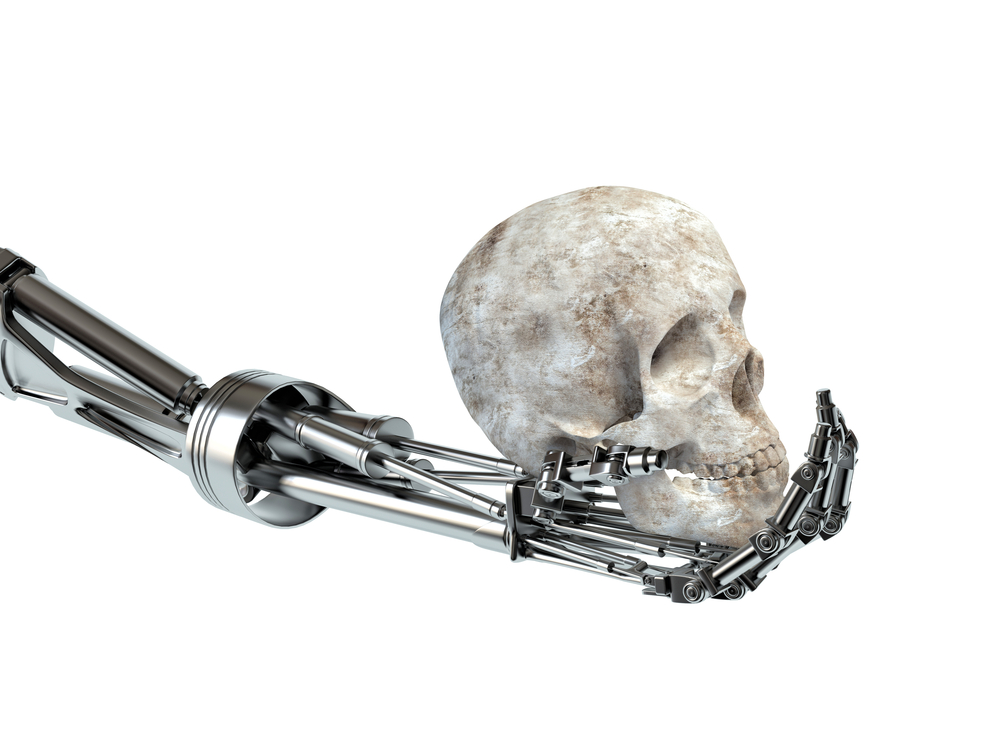
We all remember the Hollywood science fiction movie Terminator and its deadly Artificial Intelligence system Skynet. In the film, the Global Information Grid was created to remove the possibility of human error and slow reaction time to guarantee fast, efficient responses.
Well it’s been more than 30 years since Sarah Connor and the Terminator hit our screens and there’s still no sign of Skynet, but robots have changed the world and the way companies do business.
Robotics Process Automation (RPA) is enabling businesses to virtualise specific job functions, ensuring that these job functions can be completed more quickly, with accuracy and at a lower cost, while providing employees with the flexibility to focus on other tasks.
RPA offers more than just mimicking human processes, its software robots captures data, interacts with existing applications to process the data, triggering responses, and then interacts with other digital systems across the business to generate outcomes.
RPA is applicable to a field of industries but its sectors like insurance and banking where the technology is already making an impact and now becoming a standard for operating. This is because repetitive tasks like processing transactions can be prone to human errors and with RPA technology, resources can be freed up to focus on more complex tasks.
Many businesses in the financial sector for example have integrated RPA to manage the administration of financial and non-financial requests across the parts of their business. Customers of NIIT Technologies within this sector have experienced a 30-50% reduction in time consumption for carrying out these types of transactions.
The power of automation is delivering a series of advantages to the workplace, including:
- Cost-Savings: RPA can reduce operational costs by 40-65%
- Accuracy and Compliance: Robots have an unlimited attention span and do not make mistakes in calculations. Every step, every expensive and error-prone manual process performed is digitized using RPA — both reducing errors and improving quality and compliance
- Productivity: The digital workforce (or robots) are capable of working 24/7—delivering work in a shorter amount of time
- Scalability: RPA can scale in response to business growth, making it easier to cope with volume fluctuations and bringing the advantages of speed, agility, and resilience
- Customer Satisfaction: RPA improves efficiency and process accuracy through reduced queries and complaints. RPA can also reduce service delivery time, leading to higher customer satisfaction
- Transformation: RPA software is a powerful tool that can be easily managed, controlled, and monitored. It identifies bottlenecks and streamlines processes—transforming the way we do business
The integration of RPA technologies has grown rapidly in recent years, due in part with business being able to see a return on their investments within 3 to 6 months. The fundamentals of the technology aren’t necessarily a new offering to businesses, what has changed is the speed of carrying out transactions and the depth of monitoring now available.
Understanding and managing RPA through monitoring tools is a critical part of the delivering a seamless solution. In the financial sector, rates change frequently, meaning that RPA technologies need to revise data in real-time to ensure that processes are completed accurately. Having an advanced level of monitoring available means that businesses are safe guided against errors that could otherwise enter the system.
When it comes to RPA integration, it’s vital to have a delivery framework in place to ensure the technology is implemented smoothly and to deadline. I believe that this framework should include a combination of processes, methodologies, tools and experienced domain centric experts packaged as a service that enables clients to reap the benefits of a Centre of Excellence without having to invest in building one upfront. Critical to this framework are four elements: transformation, enablement, standardization and scaling for an enterprise.
In a similar way that Henry Ford revolutionised the manufacturing process to increase productivity and lower costs for consumers, RPA will transform the way businesses process transactions.
If companies are slow to take advantage of RPA benefits, then they face the threat of a competitor or even a new player entering the market with lower costs, more efficiency and a faster speed of delivery. Skynet may be fiction, but the rise of the robots is here.






